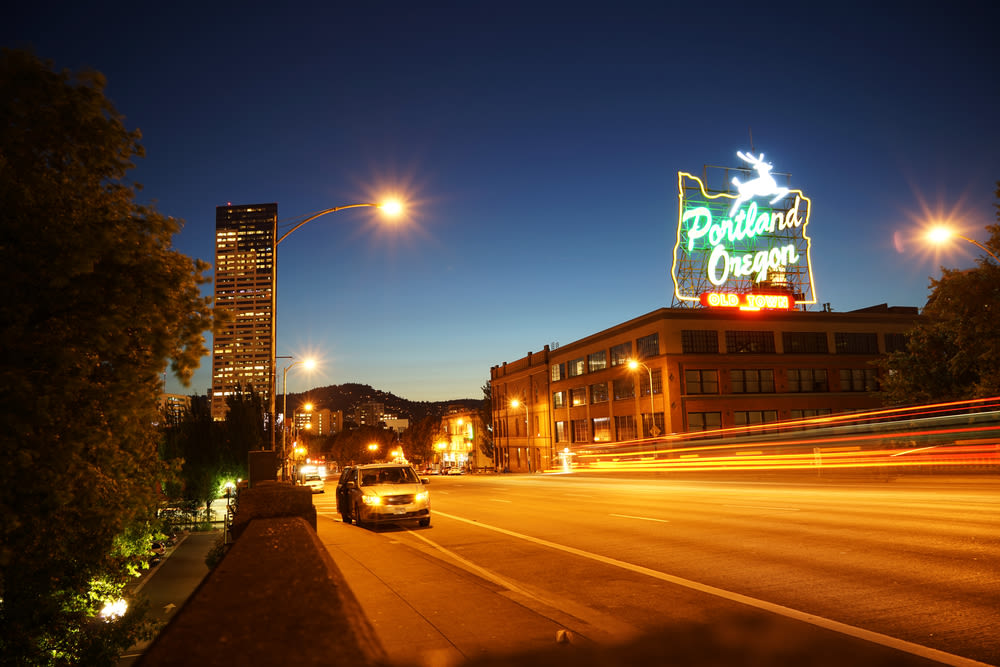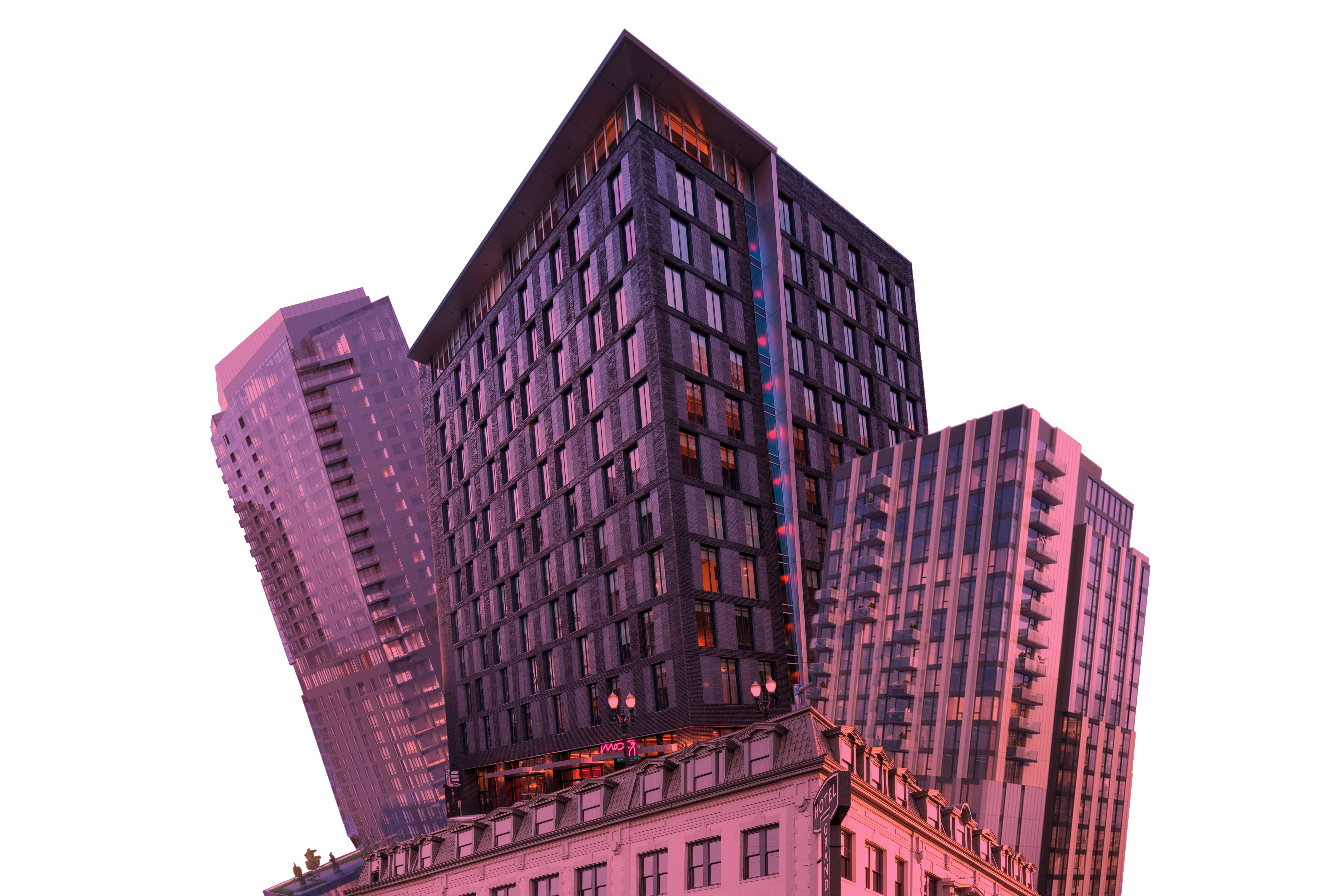For Portland's Tourism Industry, Things Are Looking Up—But There's Still A Long Way To Go

2021 brought some recovery for Portland's tourism industry, per new data, but the city still has a ways to go to get back to its pre-pandemic status with visitors.
Image: Shutterstock
Portland’s hospitality industry is tentatively rebounding after two brutal years, but it could be years—optimistically, not until 2024—before its hotels, short-term rentals and airport usage reach pre-pandemic use levels.
The city is both “not alone, and not where we want to be,” said Megan Conway, the Chief Strategy Office for Travel Portland, at the annual “State of the Industry” event, held in person at the Oregon Convention Center Tuesday for the first time since 2019. The pandemic walloped travel and leisure worldwide; in Portland proper, news-making protests, more visible houselessness, and stricter pandemic safety regulations than in much of the rest of the country all added to that toll.
And yet, there are concrete signs of hope, Conway told the crowd.
Visitor spending in 2019 in the greater Portland area—which includes Multnomah, Washington and Columbia Counties and the urban stretches of Clackamas County—reached a high of $5.625 billion in 2019, the highest total ever. In 2020, that number fell off almost 60 percent, to $2.180 billion—then ticked back up in 2021, to $3.765 billion. That’s still below pre-pandemic totals by about a third, but well above the lows of 2020.
What hasn’t budged much is the number of people employed by the hospitality industry, which was one of the hardest hit of the entire pandemic. In 2019, there were almost 37,000 people employed in the industry in the Portland area—in 2021, there were just 27,100, about 700 more than in 2020.
And keeping those that remain isn’t going to be a picnic, Conway says—hiring new people is tough, given the labor shortage, and in surveys, around 70 percent of hospitality employees say they are looking for other work, after dealing with one too many belittling and overly demanding customers.
While a less-touristy city might have surface appeal for locals — fewer crowds at trailheads and farmers’ markets and less competition for prime restaurant reservations — it has a direct impact on the city and state’s bottom lines.
Fewer tourists has translated to a significant drop in local and state tourism tax collections, which are then reinvested in public services, like social services and schools. In 2019, for example, the tourism tax added $278 million to the state of Oregon’s bottom line; in 2021, it was $193 million—a 30 percent increase from a dismal 2020, but still well below pre-pandemic levels.
Still, some things are trending up. Portland’s national reputation, which took a beating in 2020 from Fox News and other right-leaning outlets that broadcast selectively alarming images from downtown protests on a seemingly continuous loop, has stabilized, Conway said Wednesday. In a 1200-person survey of potential travelers completed in April, 72 percent said they hadn’t heard Portland mentioned in the news in the past two months; additionally, 44 percent of respondents said Portland was an “appealing” destination.
As they are returning, however, fewer people are choosing to stay in hotels in the downtown core or in the Lloyd District, where the bulk of the city’s hotels are concentrated. Collectively, central city hotels had revenue of more than $450 million in 2019; in 2021, it was just $180 million.
Marcus Hibdon, who is Travel Portland’s Director of Communications, says the city’s core hotel sector was poised for more of a rebound in spring and early summer of 2021, before the Delta surge and the resumption of pandemic-era restrictions, including required indoor masking.
Among competitor cities, with whom Portland is in head-to-head competition for conventions and leisure travelers, only Minneapolis had lower hotel room occupancy in its central business district in 2021; central business districts in Nashville, San Antonio, Phoenix, Austin, and Denver all had higher occupancy levels than Portland's and were able to charge more for hotel rooms too.




